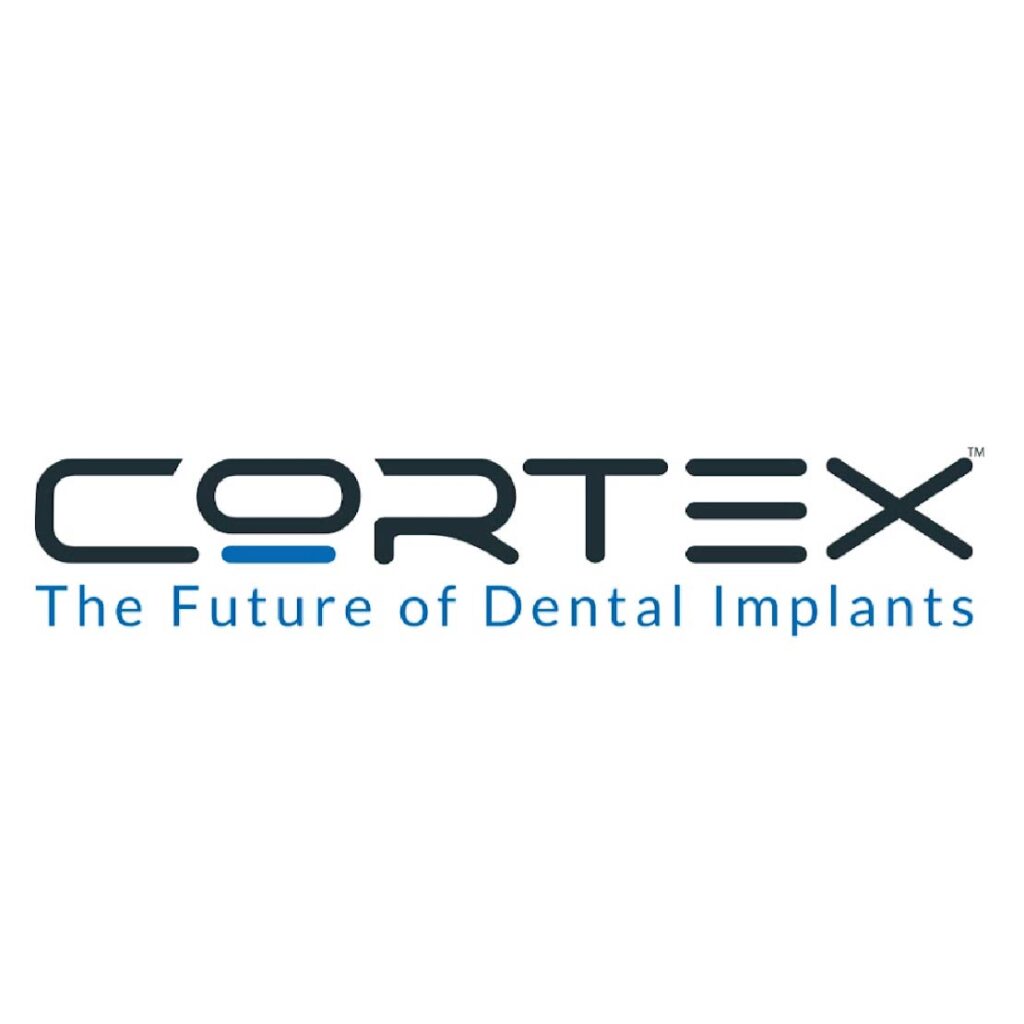dental implants
Your smile is a window to confidence, but tooth loss can affect not only your appearance but also your self-esteem. Dental implants have revolutionized restorative dentistry, offering a long-lasting, natural solution to restore dental function and aesthetics. What exactly are dental implants and how can they change your life?
Before undergoing a dental implant procedure, your dentist will conduct a thorough examination of your mouth and jaw. This involves assessing the health of your teeth, gums, and bone structure to determine if you’re a suitable candidate for dental implants. Dental imaging techniques, such as X-rays and CT scans, are often used to obtain detailed images of your teeth and jawbone, providing valuable information about their condition and structure.
One of the most critical factors in the success of a dental implant is the density and quality of the jawbone. Dental imaging techniques, such as CT scans, provide detailed images of the jawbone, allowing your dentist to assess its density and determine if additional procedures, such as bone grafting, are necessary to ensure the stability of the implants.
Dental implants are metal structures, usually made of titanium, designed to replace the roots of lost teeth. These fuse with the jaw bone, providing stable support for artificial teeth such as crowns, bridges or dentures. This not only restores the smile, but also preserves bone structure and oral functionality.
Benefits Offered by Dental Implants
The smile is an expression of confidence and joy, but tooth loss can affect not only appearance, but also oral functionality. Dental implants have revolutionized dentistry by offering a comprehensive solution to restore both aesthetics and function. What are the key benefits that make dental implants such a sought-after option?
1. Restoration of Smile and Confidence Dental implants restore the smile naturally, restoring facial aesthetics and lost confidence. By replacing missing teeth, they provide an appearance that resembles natural teeth, allowing people to feel confident talking, smiling, and socializing without worrying about the appearance of their teeth.
2. Improved Functionality and Comfort In addition to improving appearance, dental implants restore chewing and phonetic function. Unlike removable prostheses, implants offer stability and comfort without slipping or discomfort when eating or speaking. This allows for greater day-to-day comfort and the ability to enjoy a varied diet without restrictions.
3. Preservation of Bone and Dental Health Dental implants not only replace missing teeth, but also preserve the surrounding bone structure. By integrating with the jawbone, they help prevent bone loss that often occurs after tooth extraction, maintaining long-term bone health and shape.
4. Durability and Longevity Dental implants are a durable and long-lasting solution. With proper care and regular visits to the dentist, they can last for decades, providing an effective and reliable long-term solution for those who receive them.
5. Improved Self-Esteem and Quality of Life Recovering your smile and dental functionality not only affects your physical appearance, but also your overall quality of life. Dental implants have been shown to increase people’s self-esteem and emotional well-being, allowing them to enjoy a fuller social and work life.
In short, dental implants not only restore smiles, they also transform lives. With a unique combination of aesthetic, functional and health benefits, this solution has been a positive change for those looking to regain their smile and dental functionality.
Discover how dental implants can change your life and give you a radiant, functional smile!
Dental implant placement process
Tooth loss can be challenging, but dental implants offer an effective, long-lasting solution to restoring smiles and functionality. What does the process of placing dental implants really entail and how can it transform your smile?
1. Evaluation and Planning The process begins with a thorough evaluation of oral health. The dentist performs detailed x-rays and analyzes to evaluate the bone density and viability of the implant. A personalized treatment plan is created considering the number of implants needed and the optimal location for each one.
2. Surgical Procedure Implant placement is a surgical procedure performed under local anesthesia to ensure patient comfort. An incision is made in the gums to expose the jaw bone, where the titanium implant is inserted into the previously planned site. Subsequently, the gum is sutured.
3.Healing and Bone Integration Period
Placing dental implants is a process that involves patience and precise care, and much of the success depends on the healing and bone integration period. What does this important process entail and why is it essential for the stability and durability of dental implants?
-Understanding Bone Integration Once the implant is placed in the jaw bone, a key process called osseointegration begins. During this period, the titanium implant gradually fuses with the surrounding bone. Bone cells grow and adhere to the surface of the implant, creating a solid, stable connection that allows for long-lasting fixation.
-Duration of the Healing and Integration Process The period of bone healing and integration can vary between individuals and depends on several factors, such as bone health, bone quality, surgical technique and postoperative care. Typically, this process can take four to six months. During this time, it is crucial to allow the body to carry out the natural healing process without interruption.
-Importance of Osseointegration Osseointegration is a critical factor for the success of dental implants. It provides stability and firmness to the implant, allowing it to function like a natural tooth root. Solid osseous integration is essential to ensure that the implant can withstand masticatory forces and provide reliable anchorage for the denture.
4. Placement of the Crown or Prosthesis Once the implant has healed properly, the crown or dental prosthesis is placed over the implant. This phase involves taking impressions to ensure a perfect fit and a natural appearance. The crown is secured to the implant, completing the dental restoration.
5. Follow-up and Aftercare After final placement, it is crucial to follow the dentist’s instructions for proper care. This includes rigorous oral hygiene, regular dental visits, and maintaining a healthy diet to ensure the longevity of the implants and overall oral health.
The process of placing dental implants is a journey toward restoring your smile and dental functionality. Through carefully planned steps and a specialized approach, this technique has changed lives, giving people the opportunity to regain a full, functional smile.
postoperative care of dental implant
The process of placing dental implants is just the beginning of restoring your smile. After surgery, postoperative care is essential to ensure a complication-free recovery and long-term success of the implant. What are the key guidelines for care after dental implant placement?
1. Follow the Dentist’s Instructions The first step is to follow the instructions provided by the dentist to the letter. This includes using prescription medications, such as pain relievers or antibiotics, to control pain and prevent infection. Additionally, it is essential to adhere to any dietary or physical activity restrictions during the initial recovery period.
2. Rigorous Oral Hygiene Maintaining adequate oral hygiene is essential. Teeth should be brushed gently and carefully, avoiding the implant area during the first days. Additionally, the use of specific mouthwashes or saline solutions may be recommended to gently rinse the mouth and keep it clean.
3. Avoid Pressure and Stress in the Implant Area During the first weeks, it is crucial to avoid putting pressure or stress in the implant area. This means avoiding hard or sticky foods that can put pressure on the implant and compromise its integration with the jaw bone. It is also advisable to refrain from smoking, as tobacco can interfere with healing.
4. Regular Follow-up Visits Follow-up with the dentist is essential. Scheduling and attending scheduled follow-up appointments will allow the practitioner to monitor healing, verify implant integration, and make adjustments if necessary. These visits are crucial to the long-term success of the implant.
5. Adopt a Healthy Diet A balanced and healthy diet contributes to recovery after surgery. It is recommended to consume soft and nutritious foods that do not put the implant at risk. Avoiding very hot or very cold foods can also help prevent discomfort.
Proper post-operative care is essential to ensure a smooth recovery after dental implant placement. By following these guidelines and maintaining open communication with your dentist, you can significantly contribute to the success and durability of your new implant, ensuring a healthy and functional smile in the long term.
Recover your smile and functionality with dental implants! Discover how this innovative solution can change your life and give you confidence in every smile.
Once the abutment has been placed and properly healed, precise impressions of the abutments are made and the custom crown is fabricated in the dental laboratory. Once ready, it is firmly cemented or screwed onto the abutment, thus completing the dental restoration process.



